
Benign prostatic hyperplasia (BPH) is an enlarged prostate gland. The prostate gland surrounds the urethra, the tube that carries urine from the bladder out of the body. As the prostate gets bigger, it may squeeze or partly block the urethra. This often causes problems with urinating.
BPH occurs in almost all men as they age. BPH is not cancer. An enlarged prostate can be a nuisance, but it’s usually not a serious problem. About half of all men older than 75 have some symptoms.
Depending on your condition, you may be a candidate for minimally invasive treatment options at St. Luke's, including HoLEP (Holmium laser enucleation of the prostate); UroLift, which pins back prostate tissue; and Rezum, which uses steam to shrink the prostate.
Learn more at full Benign Prostatic Hyperplasia (BPH) Health Topic page
Highlights & Resources
-

Article
Enlarged Prostate: Should I Take Medicine?
Read More -

Article
Enlarged Prostate: Bathroom Tips
Read More -

Article
Interactive Tool: How Bad Are Your Urinary Symptoms From Benign Prostatic Hyperplasia (BPH)?
Read More -

Article
Treating an Enlarged Prostate
Treatment for an enlarged prostate, or benign prostatic hyperplasia, doesn't have to involve drugs or surgery.Read More
Specialties
Care for problems such as kidney stones, urinary incontinence, prostate cancer, enlarged prostate, and erectile dysfunction.
-
Facilities & Locations
-
In All Locations
-
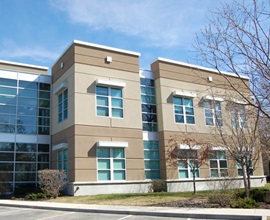
St. Luke's Clinic - Urology: Boise
510 N. 2nd St.Suite 103Boise, ID 83702(208) 381-4700 -
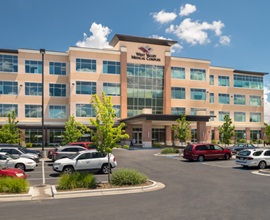
St. Luke's Clinic - Urology: Caldwell
1906 Fairview Ave.Suite 350Caldwell, ID 83605(208) 454-9181 -
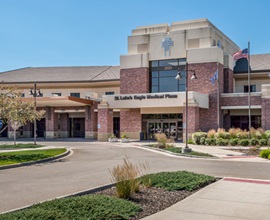
St. Luke's Clinic - Urology: Eagle
3101 E. State St.Suite 2107Eagle, ID 83616(208) 706-5800 -
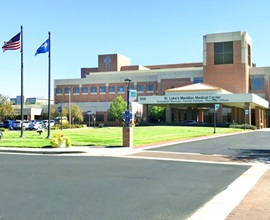
St. Luke's Clinic - Urology: Meridian
520 S. Eagle Rd.Suite 3112Meridian, ID 83642(208) 706-5800 -
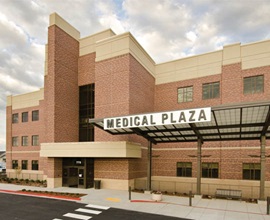
St. Luke's Clinic - Urology: Twin Falls
775 Pole Line Rd. W.Suite 301Twin Falls, ID 83301(208) 814-8700 -
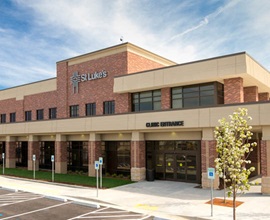
St. Luke's Multispecialty Clinic: Fruitland
1210 NW 16th St.Fruitland, ID 83619(208) 452-8700 -
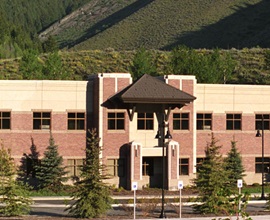
St. Luke's Multispecialty Clinic: Ketchum
100 Hospital DriveSuite 107Ketchum, ID 83340(208) 727-8888


